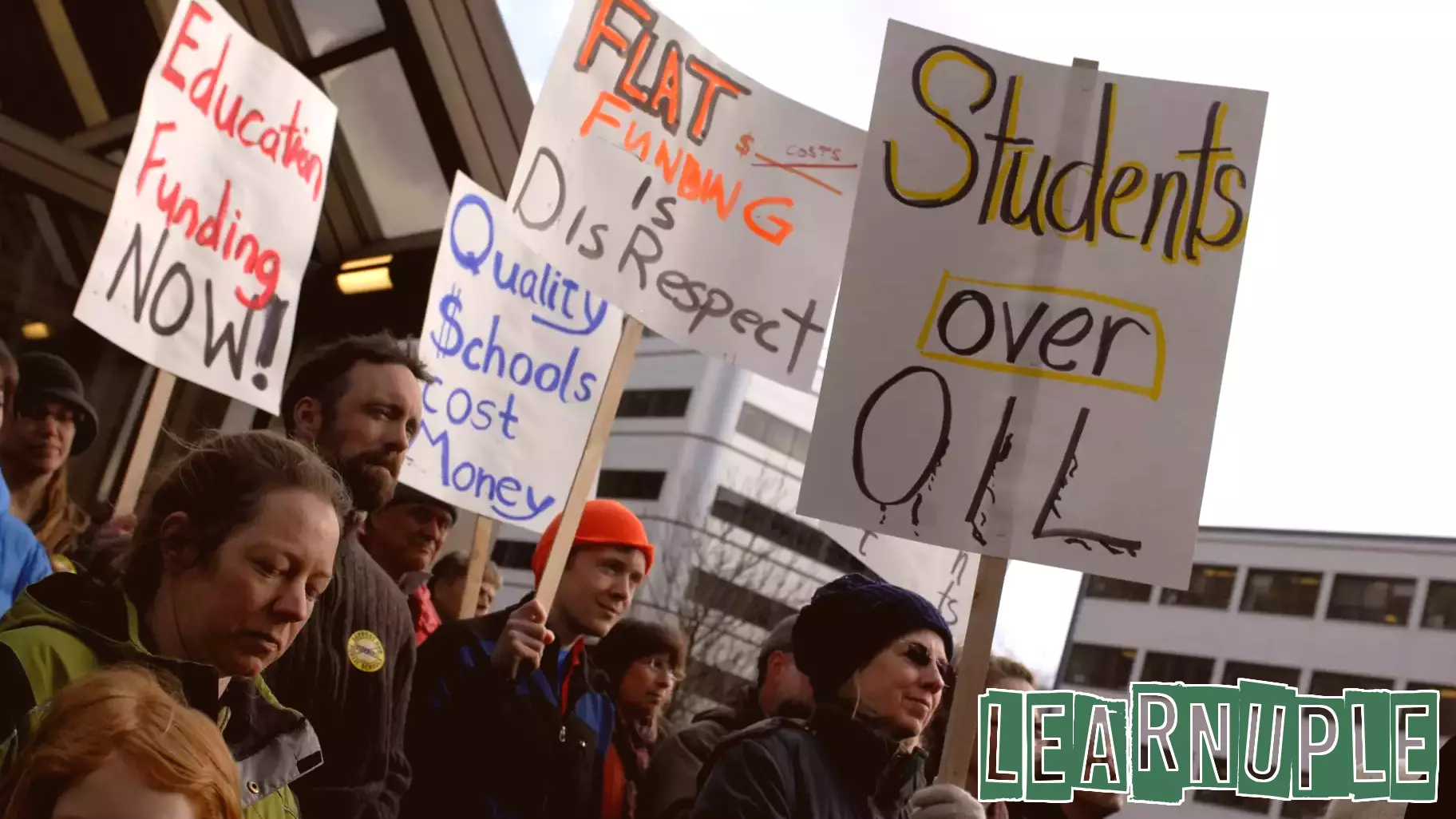April 16, 2025 - 10:02

In the architecture of American public education, federal dollars have long served as both scaffolding and safety net. However, recent trends indicate a wavering commitment to federal education funding, prompting states to reconsider their strategies for maintaining educational quality and accessibility. As federal support dwindles, states are finding themselves at a crossroads, needing to innovate and adapt their funding models to ensure that schools can continue to operate effectively.
With the potential for reduced federal grants and support, state governments are being called upon to take a more proactive role in financing education. This may involve reallocating existing funds, increasing state budgets for education, and exploring alternative revenue sources. Education leaders emphasize the importance of prioritizing funding for underserved communities, ensuring that every student has access to quality education regardless of their background.
As states redraw their educational blueprints, collaboration between local governments, educators, and communities will be crucial. The future of public education may depend on how successfully states can navigate these challenges and create sustainable funding solutions that uphold the promise of equitable education for all.



